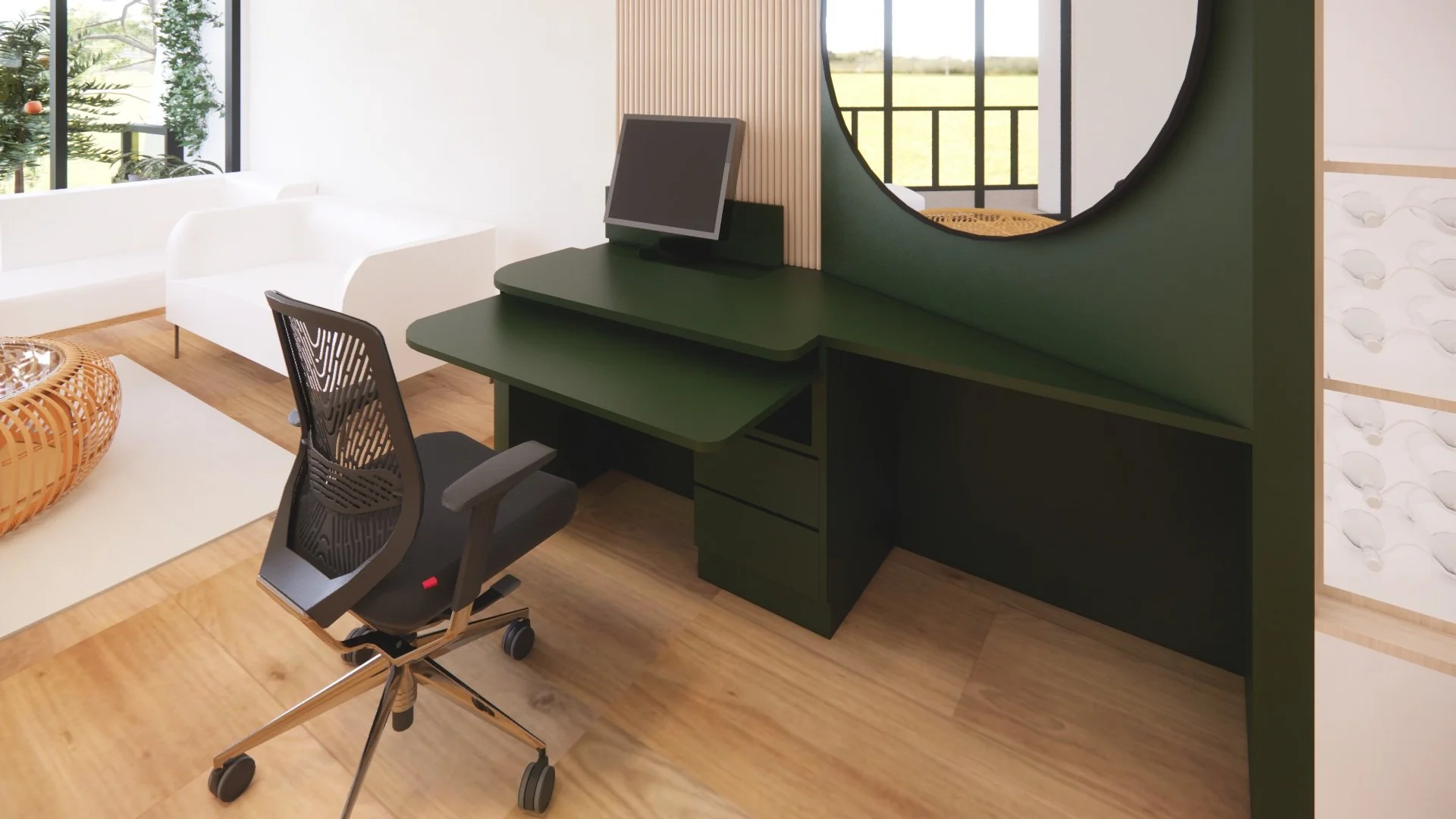Why Work with an Architect
Why should you work with an architect?
“An estimated 5 to 10 per cent of single residential homes are architect designed, while architects are involved in the majority of public buildings, commercial spaces and multi-unit developments.” - AACA
Learn more about the difference between an architect and a building designer here.
An architect is versed in the art, science and law of building and design. This level of expertise is one of the reasons why architects are involved in larger buildings – anybody looking to invest the time and money to build a public building, commercial space, or multi-unit development appreciates that the input of a qualified architect adds value to that project.
Large-scale developers like Lendlease wouldn’t invest in good design unless that professional service paid dividends. [Link]
Quality builders appreciate quality documentation and management because it saves time and money on site.
Owner-occupier companies like NAB understand that good design translates to lower staff turnover, less sick days, and lower running costs. [Link]
Government bodies like the Department of Education acknowledge through their exclusive use of architects, that hiring an architect increases the chance that their investment will be on time, on budget, and become a more valuable asset to their community.
So why are so few residential homes architect designed? Just like the rise of fast fashion, many Australians are not willing or not able to tailor their homes. This has led to the popularisation of the mass-produced suburban housing market.
Architects create bespoke solutions and that requires a level of expertise and time that can sometimes seem out of reach. What’s often poorly communicated by architects as a profession is the scope of works an architect covers is often much broader than people realise, the detail of design is much higher, and the performance of the building - functionally and environmentally - is often greater than with any other design professional.
Did you know?
“For the median Melbourne house price of $1,200,000, after 10 years the home owner that employed an architect is $256,000 better off than the home owner that didn’t.”
That’s according to the latest research by carried out by the University of Melbourne and ArchiTeam, which also states that “for every $1 spent on architectural fees, the home owner gains $11.40.”
If you have a unique or tricky plot of land, if you can’t find what your family needs within a bulk-builder’s catalogue of set designs, if you’re passionate about the environment, or if you love your neighbourhood but are constantly frustrated by little irks within your home then an architect is for you.
When you engage me as an architect, you’re hiring a registered professional with over 5 years of intense academic training and 10+ years of direct industry experience. You can also be assured that as a registered architect I maintain up-to-date with building designs and code requirements as well as my insurances.
Here is an interview of a builder from Fine Home Building magazine showing a great working relationship between architect and builder.
“Let a designer do the design
I hired an architect on this project for several reasons. First, drawings would need to be submitted […] to obtain permits, […] Second, sending a detailed schematic to subcontractors would make it easier to bid the project. Finally, it makes more sense to pay someone who designs on a daily basis to lay out the overall flow of a floor plan.”
More Articles on Working with an Architect
Ready to get started? Have a question that’s not covered here? Let’s chat about your project in more detail, make a customised plan, and go through exactly what to expect next. You can request a meeting through the website, Facebook or call me on 0410 151 790.
I can't wait to meet you!

























Lost in the woods and not sure where to start? We can help with that. We've put together a little tool called "What’s my story?" - it's a very simple way to make sure your design reflects your personality.